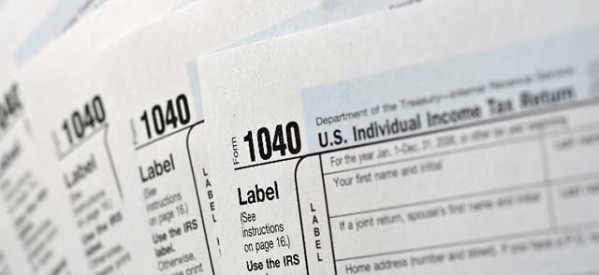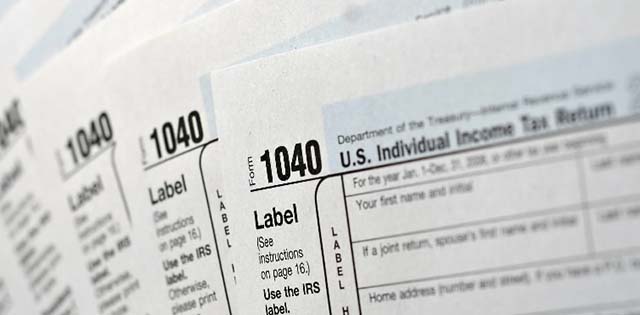Is Depreciation a Real Expense?

Depreciation is not a âpaperâ expense. It is very real.
Fully depreciating capital assets distorts the income statement and balance sheet. The depreciation recorded for tax and financial reporting purposes also tends to distort the net asset value of the asset. Depreciation is not a âpaperâ expense. It is very real.

Depreciation is a common expense shown in the financial statements and tax returns of businesses. Â The purpose of recording depreciation expense is to recognize the decline in value of an operating asset over time. Â An operating asset is something purchased for use in a business. Â Common operating assets include equipment, furniture and fixtures, vehicles and buildings. Â The decline in value of an operating asset can occur due to a number of factors. Â Those factors include, for example, wear and tear and obsolescence.
The first thing to understand about depreciation expense is that it is a real expense of doing business. Â People sometimes refer to depreciation expense as representing a âpaperâ expense. Â Their meaning is to imply that depreciation expense is not real. Â This is totally false.
The second thing to understand about depreciation expense is that the expense shown in the tax returns and financial statements of a business usually has little relationship to the actual decrease in value of the asset being depreciated. Â Many businesses record depreciation expenses based on the shortest useful life that the Internal Revenue Service (IRS) will allow. Â It has been my experience that the depreciation expenses recorded using such useful lives is significantly overstated. Â That is to say that the IRS allows businesses to depreciate assets over a much shorter time period than the length of time the asset will actually be in use. Â The clearest example of this is where the business owner is allowed to take a Section 179 depreciation expense and write the asset off in the year it is purchased. Â If the asset was purchased for $5,000, the depreciation expense in the year it was purchased would be $5,000. Â This would be true even if the asset was purchased in mid-year and is expected to be in use for ten years. Â Clearly, the depreciation expense in the year the asset was acquired is overstated, which in turn, understates the net income of the business.
One common example of depreciation is the purchase of a new truck.  The moment the truck leaves the new truck dealership, it has a lower value than the time of purchase.  If you want to test this example, purchase a new truck, drive it for a day and then try to sell it.  As time passes, even with good maintenance, the truck will decrease in value.  One factor which will impact value is wear and tear. Scratches and dings in the body and wear spots on the upholstery affect the appearance and thus, decrease the value.  Use is another factor which decreases value. The higher the accumulated mileage on the vehicle, the lower the value.  As new trucks are brought to market and buyer preferences change, older trucks become less valuable.  One additional factor is technological obsolescence.  As newer trucks improve mileage and emission controls, there is a corresponding decrease in the value of older trucks.
Continuing the truck example, assume the purchase cost was $20,000 and the truck was purchased on May 1, 2012.  During 2012, the truck was used for seven months.  Depending on how the truck is used, it may have a useful life of seven to ten  years.  Yet, if the business owner elects to fully depreciate the truck in 2012, the depreciation expense will be $20,000 and ,on the books of the business, the truck will have a net asset value of $0.  This transaction, although perfectly legal, totally distorts both the value of the truck to the business and the net income of the business in 2012.  In this example, the income of the business is understated by the difference between the recorded depreciation expense of $20,000 and the actual decrease in value of the truck.
Still, many would argue that depreciation is a âpaperâ expense and insist that during 2012, the business incurred no expense even though they used the truck for seven months. Additionally, if the business owners were to sell it, they would receive far less than the $20,000 purchase price.  Again, such a position clearly distorts the book value of the asset and the actual income of the business in 2012.  In this situation, the recorded net asset value of the truck would be overstated and the net income of the business would also be overstated to the extent of the difference between the recorded depreciation expense of $0 and the actual decrease in value of the truck.
There are two conclusions that can be stated from the information provided in this article: Â (1) depreciation is a real cost of doing business; and (2) the recorded depreciation expense is overstated for most businesses.
Joe Epps, CPA/CFF/ABV, CFE, CVA, has been specializing in Forensic Accounting for over 30 years. During that time, he has testified as an expert witness in federal and state courts on a variety of issues. His testimony has included business income losses, extra expense losses, financial motive for arson, various types of fraud, economic damages in personal injury claims, business valuation and other types of economic damages. He has testified in Michigan, Indiana, Ohio, Wisconsin and Arizona.
He has taught graduate level courses on forensic accounting and is also on the faculty of the W.P. Carey School of Business at Arizona State University in Tempe, AZ. Joe has taught educational seminars at conferences for distinguished organizations such as  the American Institute of Certified Public Accountants, Illinois Foundation of CPAs; National Association of Certified Valuators and  Analysts; Property Loss Research Bureau; International Law Enforcement Audit Association; National Association of Special Investigation Units and the National Society of Professional Insurance Investigators. He has also taught various subjects involving economic damages and insurance claims for insurance companies including Secura Insurance, Frankenmuth Insurance, Auto-Owners Insurance Company, Chubb Insurance Group, Federated Insurance Company, Scottsdale Insurance Company, State Farm Insurance Company, Travelers Insurance Company and Farm Bureau Insurance Company.
Joe has been the founder of two CPA firms specializing in forensic accounting. His first firm was established in 1981 in Livonia, Michigan. Â He is currently the President of Epps Forensic Consulting, which he founded in Scottsdale, AZ in 2003. Â Joe can be reached at jepps@eppsforensics.com.

